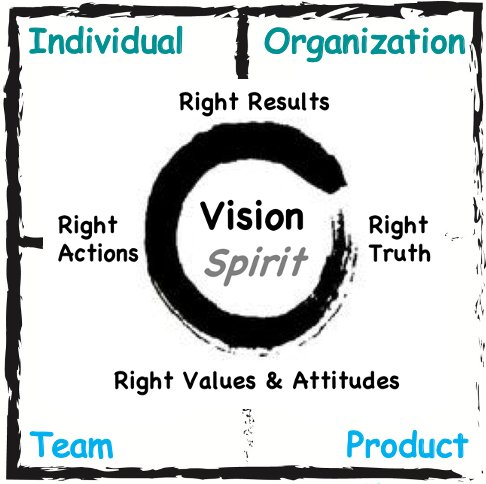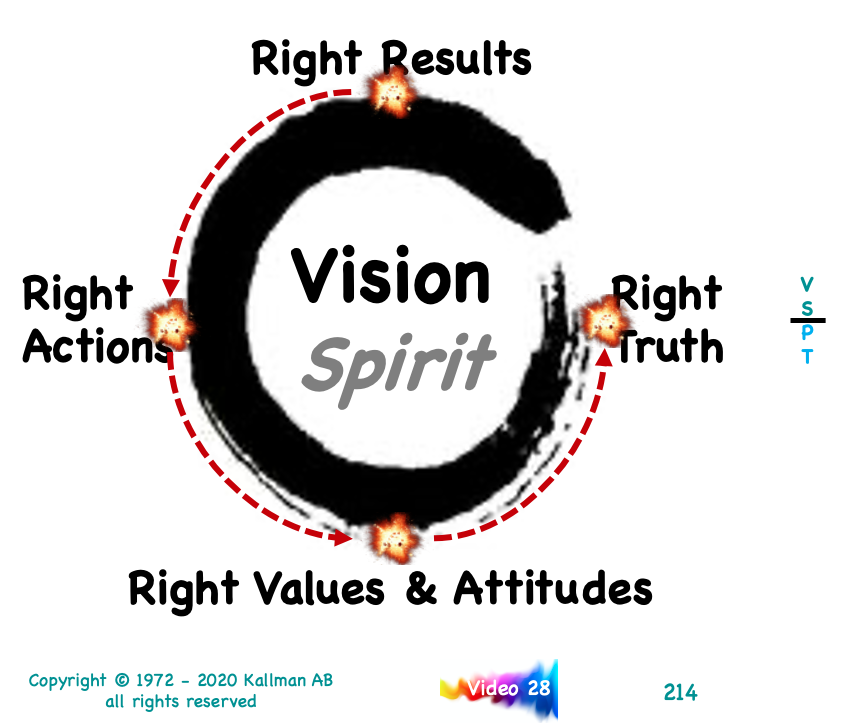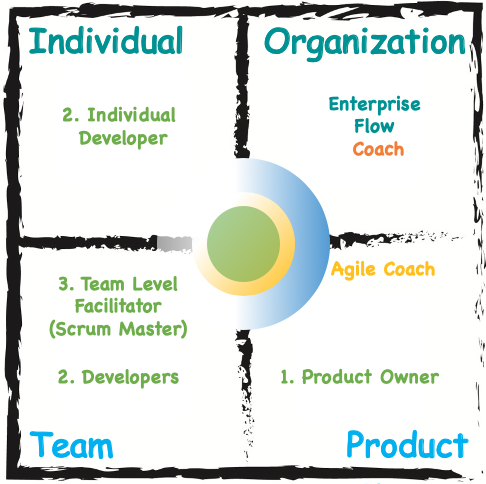The 4R Model is the basis for ALL religions & philosophies and the 1st three “R’s” (Right Truth, Right Values & Attitudes and Right Actions) are from the early 1980’s with the 4th “R” (Right Results) being added in the late 90’s. In the marketplace of ideas in the relativistic culture in which we live, with rapid redefinition occurring at an astonishing pace, the simplicity and power of the 4R’s is more relevant than ever.

Philosophers and theologians have debated about “Truth” for thousands of years.
We’re not going to settle that debate in this article. The “Aha!” moment for me was that in the situation ethics world in which we live that I would be facing thousands of “truths” each and every day at work. So, in order for me to help a person transition from A to B in business, then I would need a way to identify, quickly, each team member’s truth. The way that is done is through observation and I use the 4R Model in reverse as a root cause analysis tool to do that.

The only way that you can smoke out a person’s “truth” is to observe their results and actions. From those you can, within a range, deduce the team member’s real values & attitudes and, ultimately, their “truth.”
The reality is that people’s “walk” doesn’t always align with their “talk.”
This is where the power of the 4R Model manifests itself as it shines a bright light into the dark corners of a person’s soul. It’s not perfectly transparent, but it is good enough to help you understand your team members better and to help guide them in their professional journey.
Since the 4R Model is primarily used in the Individual lens, having the Right People on your team is crucial to your success and if you have the wrong people, then anxiety will manifest itself (as we will see when we look at the Flow Formula and the Flow Friction Analysis – stay tuned).
Since every organization claims their culture is unique (which most of the times it isn’t … the same issues and disfunction appear time and time again across all industries), the roles may or may not match-up to modern, Agile thinking.

Whatever HR description that is given to any role is inconsequential. Companies routinely rename / change the roles in order to make it their’s and so that it will “work here in our culture” (we’ll look at culture in a future post).
The main thing is to make sure that all four lenses (Individual, Team, Product and Organization) have the Right People doing the right things, at the right time, in the right way … if you have that, then you just increased your odds of success dramatically.
And, on the average, we’ll be right.
Want to know more?
Don’t hesitate to reach out to me to continue the conversation…
__________
PS Here are the associated links to this blog post for: